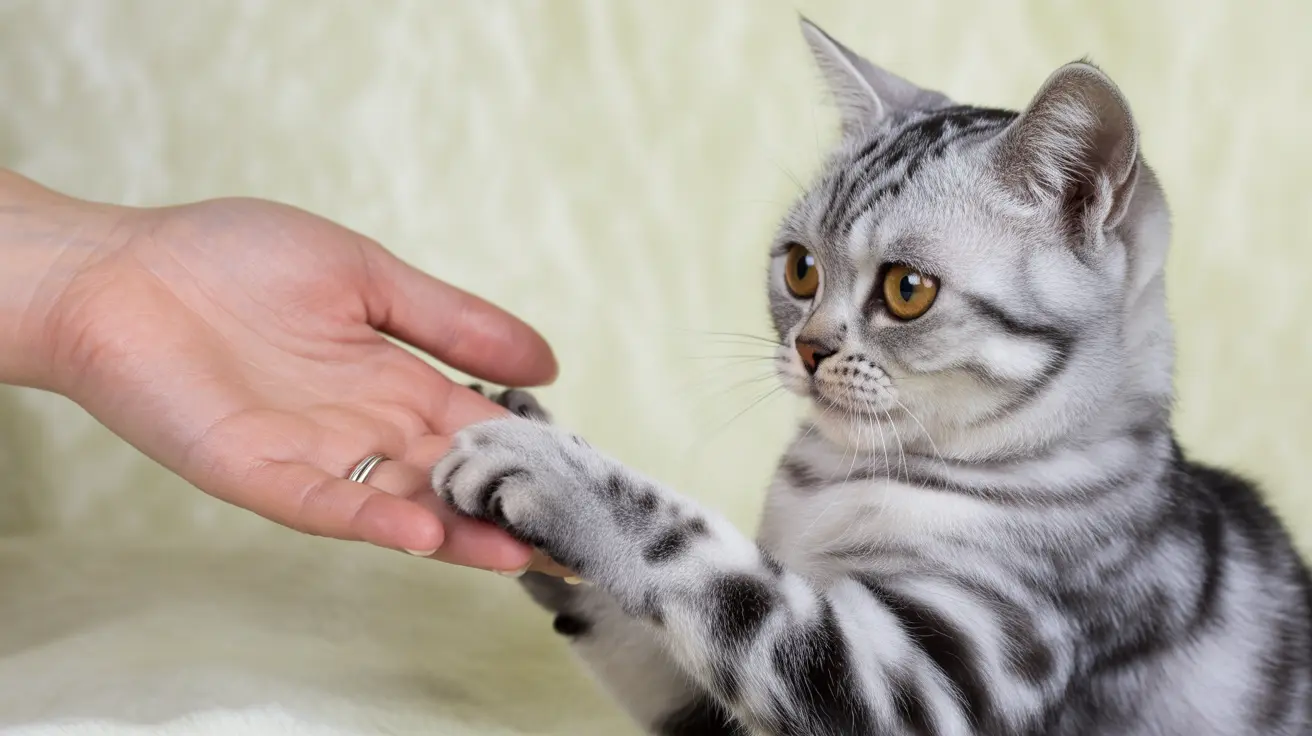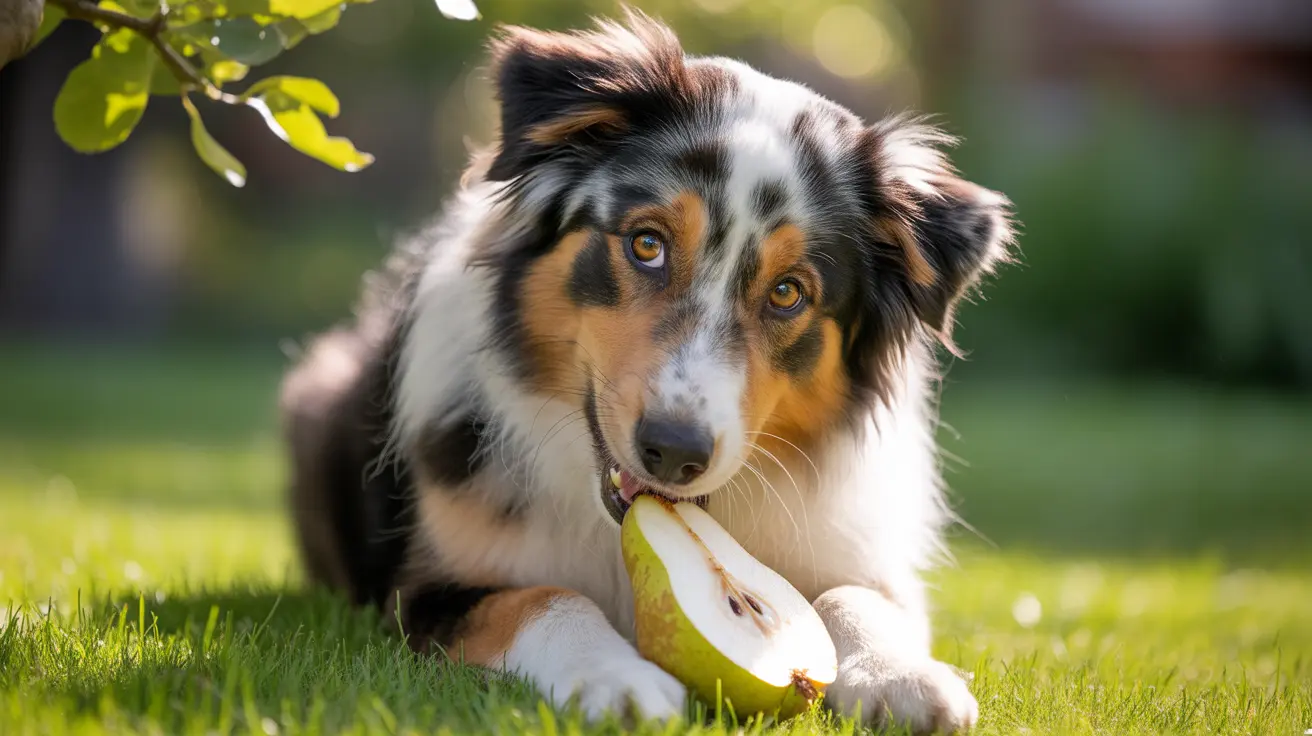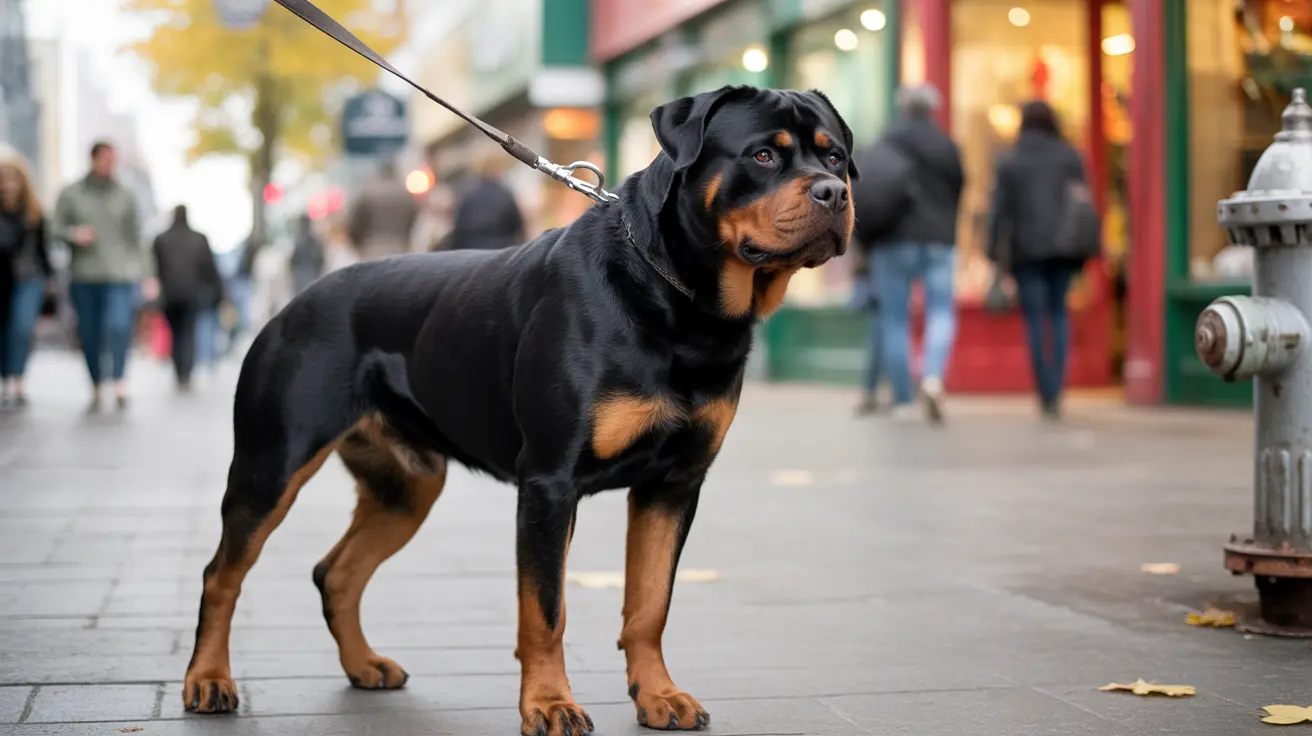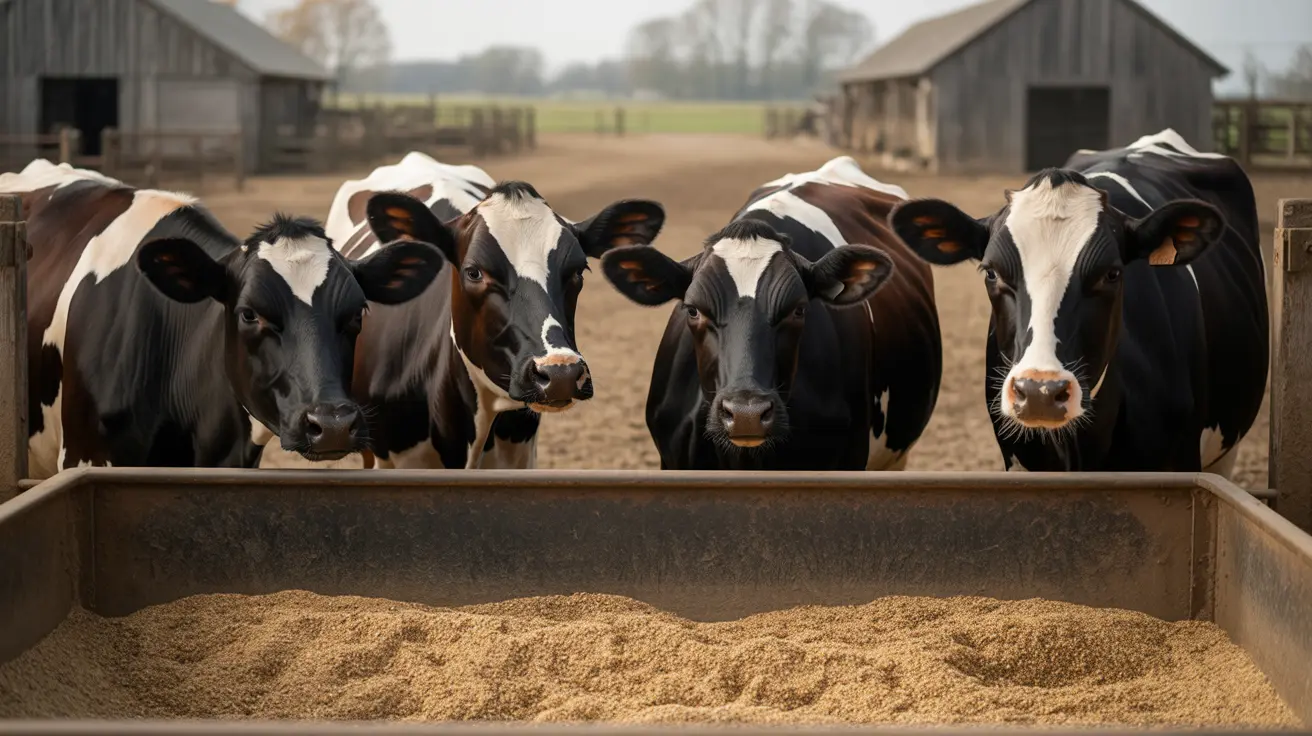Have you ever wondered why your feline friend suddenly reaches out with their paw while you're working, relaxing, or even sleeping? Cat reaching out behavior is a fascinating aspect of feline communication that serves multiple purposes, from expressing affection to demanding attention. Let's explore the various reasons behind this endearing feline gesture and what your cat might be trying to tell you.
Understanding why cats reach out their paws is crucial for strengthening the bond between you and your pet. This behavior is deeply rooted in both instinct and learned responses, offering valuable insights into your cat's emotional state and immediate needs.
The Language of Paws: Communication Through Touch
When a cat reaches out, they're often initiating direct communication with their human companion. This gesture can be compared to how we might tap someone's shoulder to get their attention. Cats have learned that physical contact is an effective way to engage with their owners, especially when other forms of communication might be ignored.
Many cats combine paw reaching with direct eye contact or gentle vocalizations to enhance their message. This multi-channel communication strategy demonstrates the sophisticated ways cats have adapted to living with humans.
Affection and Bonding Signals
One of the most heartwarming reasons behind cat reaching out behavior is the expression of affection. This gesture often stems from the comfort-seeking behavior kittens display while nursing, known as kneading. When adult cats reach out to touch their favorite humans, they're often recreating this nurturing experience.
The presence of scent glands in their paws makes this touch extra special. When cats reach out, they're not just showing love – they're also marking you as part of their trusted circle through scent transfer.
Attention-Seeking and Need Expression
Cats are masters at getting what they want, and reaching out with a paw is one of their most effective tools. This behavior might indicate various needs:
- Food or water requirements
- Desire for play or interaction
- Request for access to closed spaces
- Need for comfort or reassurance
Many cats learn that this gesture reliably gets their owner's attention, making it a go-to strategy for communicating their desires.
Playful Exploration and Environmental Interaction
Cats use their paws as essential tools for exploring their environment. When reaching out, they might be:
- Testing surface textures
- Investigating moving objects
- Initiating play with humans or other pets
- Gauging distances before jumping
This exploratory behavior helps cats understand their surroundings and maintain their natural hunting instincts, even in domestic settings.
Health and Comfort Considerations
While usually harmless, sometimes excessive paw reaching might indicate underlying issues. Pay attention if this behavior suddenly increases or changes in nature, as it could signal:
- Physical discomfort or pain
- Anxiety or stress
- Dehydration leading to muscle cramps
- Need for veterinary attention
Frequently Asked Questions
Why does my cat reach out and paw at me—what is it trying to communicate?
Your cat is likely trying to get your attention, show affection, or communicate a specific need. The context, such as time of day or location, often provides clues about their motivation.
How can I tell if my cat is pawing me for affection, attention, or because it's hungry?
Observe accompanying behaviors: if they're purring and making eye contact, it's likely affection. If they're looking toward their food bowl or it's near mealtime, they're probably hungry. Persistent pawing with more forceful contact usually indicates attention-seeking.
What does it mean when my cat kneads and reaches out with its paws during petting?
This behavior is a sign of contentment and comfort, reminiscent of nursing behavior from kittenhood. It indicates your cat feels safe and happy in your presence.
How do I gently respond when my cat reaches out with a paw to play or seek attention?
Acknowledge their gesture with gentle interaction, but be consistent in your response to avoid reinforcing unwanted behavior. If it's playtime, engage with appropriate toys rather than using your hands directly.
Can reaching out with their paws indicate stress or health problems in cats?
Yes, unusual changes in pawing behavior might indicate stress or health issues. If the behavior suddenly increases or is accompanied by other concerning symptoms, consult your veterinarian.
Conclusion
Cat reaching out behavior is a multifaceted form of communication that helps strengthen the bond between cats and their human companions. By understanding and appropriately responding to this gesture, you can better meet your cat's needs and enhance your relationship with your feline friend.






